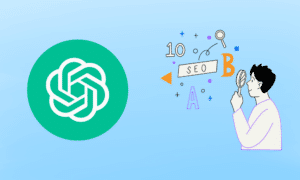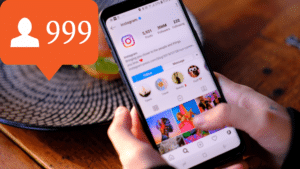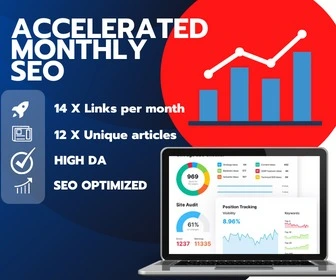As we delve deeper into the digital age, businesses are faced with increasingly complex challenges in online marketing. One of the most prevalent issues today arises from the fact that Google is showing more paid ads, leading to a decline in organic search traffic. On top of this, bot visits are inflating perceived marketing results, creating a distorted view of success.
Understanding the Impact of Bots
Bot visits are automated interactions with a website, often designed to mimic human behaviour. They are becoming a major concern for marketers because they inflate website traffic metrics without contributing real value. While some bots perform beneficial tasks such as indexing for search engines, many others are programmed to carry out malicious activities, including skewing analytics data.
The increased bot traffic can lead businesses to believe that their marketing efforts are performing well, when in reality, the interaction is not translating into genuine customer engagement or sales. This false sense of success can prevent companies from making necessary adjustments to their strategies, leading to wasted resources and missed opportunities.
Google’s Shift Towards Paid Ads
Simultaneously, the digital marketing landscape has been further complicated by Google’s increasing emphasis on paid advertisements. As the search engine giant continues to prioritize paid ads, organic search traffic is experiencing a decline. This shift is forcing companies to allocate more of their budgets towards paid advertising, which can be a significant financial drain, particularly for small businesses.
Although paid ads can yield immediate results, they do not offer the same long-term benefits as organic traffic, such as building trust with consumers and improving overall brand reputation. As such, many companies are struggling to strike the right balance between paid and organic marketing strategies.
The Crucial Role of Analytics
Given these challenges, the role of analytics in digital marketing has never been more critical. Thorough data analysis can help businesses distinguish between genuine and bot traffic, as well as measure the true impact of their marketing efforts.
When interpreting analytics data, marketers should look for metrics that indicate genuine user engagement, such as time spent on site, pages visited per session, and conversion rates. If a large proportion of traffic is not translating into these actions, it may be indicative of bot activity.
Additionally, tracking the source of traffic can help businesses understand the effectiveness of their paid ads versus organic strategies. If traffic from paid ads is not leading to conversions, it may be a sign that the company’s advertising strategy needs to be reassessed.
Adapting to the Changing Landscape
In the face of these challenges, businesses must adapt their marketing strategies to ensure they accurately measure performance and achieve their goals. This could involve employing more advanced analytics tools to detect and filter out bot traffic, or reassessing their reliance on paid ads in favor of more sustainable organic strategies.
In conclusion, the digital marketing landscape is becoming increasingly complex due to the rise of bot visits and the shift towards paid advertisements. However, by leveraging analytics and adapting their strategies, businesses can navigate these challenges and achieve genuine, lasting success.









